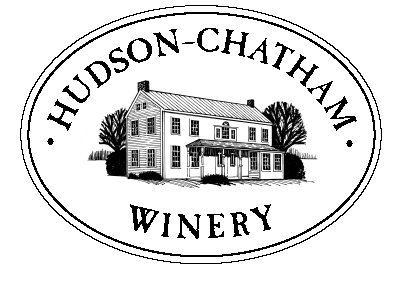
Here's a story about our own Mike Bennet, who has been one of the poeple we've worked with to help make syrup here at Hudson-Chatham Winery.
Taking maple up a notch: Glens Falls man involved in NY syrup operation planning to become largest in North America with video
Published: Monday, March 28, 2011
By PAUL POST
The Saratogian
DOVER PLAINS — Mike Bennett grew up making maple syrup the old-fashioned way, on a wood-fired evaporator with clouds of steam billowing from his sugarhouse.
Even he can’t believe the immensity of the project he’s working on now at a remote, 750-acre parcel of Dutchess County forest and farmland.
Resembling a rich-and-famous celebrity’s country mansion, work is progressing on a 24,000-square-foot sugarhouse where Crown Maple Syrup is sparing no expense to develop the largest maple operation in North America.
“It’s so big I can’t fathom it all right now,” said Bennett, a Glens Falls resident who grew up in Granville, near the Vermont border.
To draw a rough comparison, it’s kind of like dropping the Queen Mary in a lily pond or putting Yankee Stadium on top of a neighborhood Little League field.
The venture is led by farm property owner Robb Turner, a West Point graduate who has a Master of Business Administration degree from Harvard Business School. He co-founded ArcLight Capital Partners LLC, one of the world’s leading energy investment firms.
His partners in Crown Maple are Wayne Neckles of Neckles Builders Inc. and Ken Travis, whose business interests run the gamut from excavating to a 3,000-acre aronia berry bush farm and a highly successful Poughkeepsie ice cream café.
Bennett, who has years of hands-on maple experience, was brought in to help get the operation going. Last September he began stringing 350,000 feet — more than 66 miles — of sap collection tubing through the farm’s vast sugarbush. It all runs down — with the help of vacuums — to a collection facility before getting pumped back uphill nearly a mile to the main sugarhouse, where sap is held in huge 9,000-gallon storage tanks.
From there, it goes to a high-tech reverse osmosis machine — the only one of its kind in the U.S. — where most of the sap’s water content is removed to produce syrup.
“We can make 100 gallons per hour,” said Travis, pointing to an ultra-modern evaporator. “That’s a hot rod.”
Since Feb. 18, when the sugaring season began, the farm’s 18,000 taps have produced nearly 300,000 gallons of sap — enough to fill 71 barrels of syrup, at 55 gallons each.
To say the partners think big might be the understatement of the year. Within a decade’s time they hope to be drawing from 500,000 taps, 2-1/2 times more than North America’s current largest operator, in New Brunswick, Canada.
“We’re going to adjoining property owners, asking them to get on board so we can tap on their properties,” Travis said.
This makes land owners eligible for agricultural tax credits and helps preserve open space at the same time. “It gives people more interest in keeping their land,” he said.
The massive three-story main building will have a little of everything — production, bottling and storage, office and meeting space, and even a fine- dining restaurant — making it a true multi-purpose destination.
Plans also call for educational workshops in which people can learn how to get involved in maple sugaring or expand existing operations, which Crown Maple could buy from.
Bennett said Crown Maple won’t hurt existing small firms because it has a different market, including upscale New York City restaurants. One corner of the huge new sugarhouse might have a distillery for making maple vodka.
In contrast, small producers such as Cronin’s Maple Farm in nearby Hopewell Junction sell syrup locally at their own sugarhouses, farmer’s markets and area retail outlets.
Travis said growing Asian markets and America’s push toward healthier eating habits should generate increased demand for maple products, and the industry helps promote agriculture without being so labor intensive.
Read more at:
http://www.saratogian.com/articles/2011/03/28/news/doc4d8ffcce5addd024739300.txt



